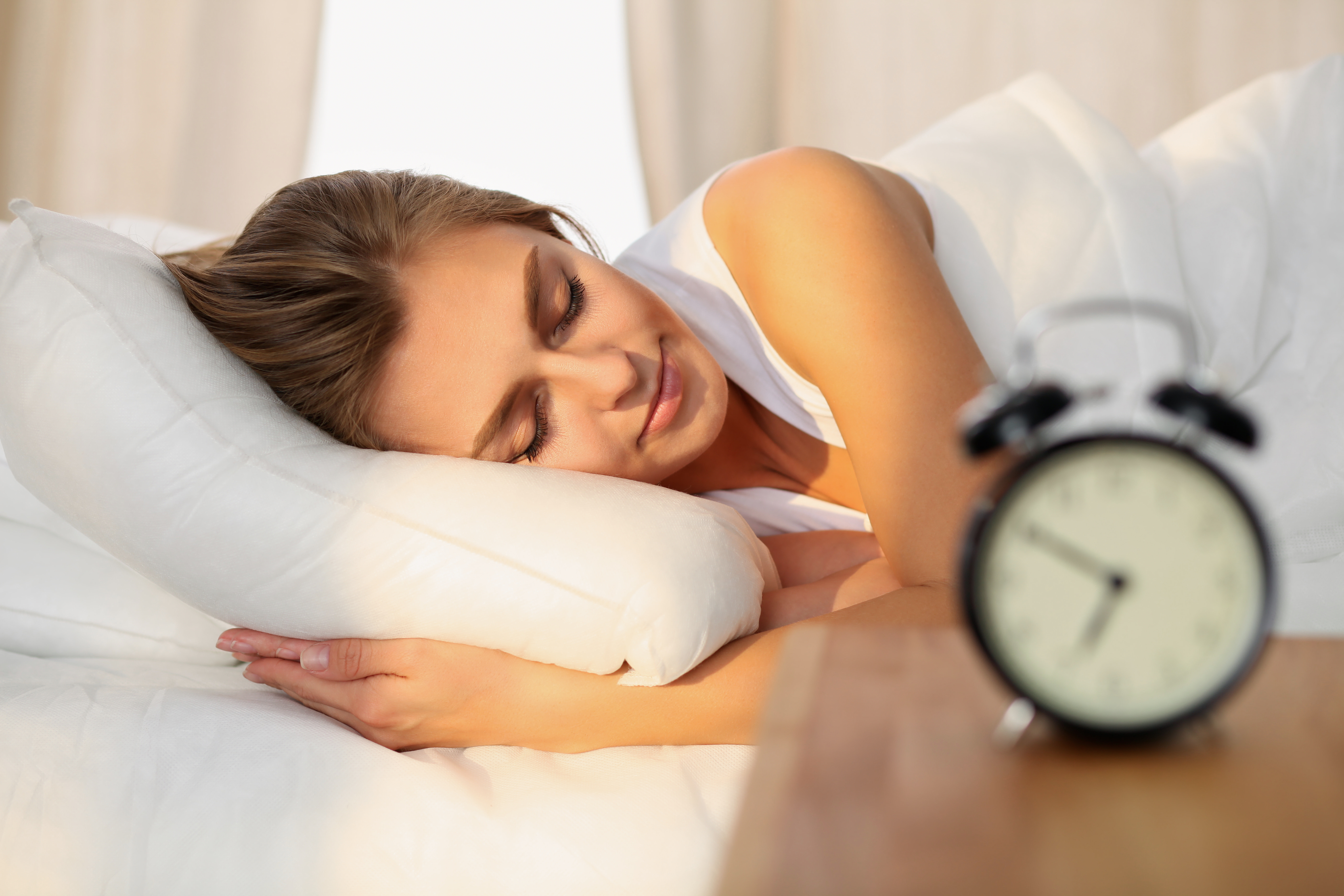Can general practitioners, pain therapists and oncologists reassure their patients regarding respiratory side effects in long-term treatment with opioids? The answer is “Not yet”.
Opiate addiction is a growing and largely unsolved problem. However simply avoiding opioids as prescribed by a doctor out of fear of side effects, addiction or misuse is not effective when dealing with chronic pain. Improved knowledge of the negative effects of opioids combined with changing attitudes has helped to normalize the use of the most important relievers of pain. These changing attitudes and improved knowledge has led to a large increase in opioid prescription.
Opioids are prescribed not only to relieve pain, but also, for example to alleviate dyspnea in patients with chronic pulmonary disorders
We have to admit that our knowledge of the pathophysiology of opioid-induced sleep apnea is still very limited. Side-effects of opioid-induced sleep apnea are very unclear. Increasing evidence in this field suggests a treatment advantage with adaptive servoventilation. However, all efforts should be undertaken to better understand the clinical presentation, pathophysiology, and prognosis. The widened use of opioids, and the observations of sleep related breathing disorders (SRBD) are alarming. There have been recorded cases of fatal or life-threatening events in children who underwent tonsillectomy for obstructive sleep apnea. These children possessed genetic alterations that led to an increased morphine production from codeine. Many other reports of complications in sleep apnea patients have been published.
In 2007 the broad spectrum of sleep related breathing disorders (SRBD) under opioids were studied. It was found that conditions related to central apneas, ataxic or irregular respiration, and periods of sustained hypoventilation were present. It was pointed out that respiration becomes shallow and irregular leading to hypercapnia and hypoxia. Are there specific signs and symptoms of opioid induced sleep apnea? They are certainly associated with dizziness, impaired concentration, and daytime sleepiness. But is it possible to differentiate between central nervous system effects and breathing disturbances?
Opioid-induced sleep apnea remains unclear. Increasing evidence in this field suggests a treatment advantage with adaptive servoventilation. However, all efforts should be undertaken to better understand the clinical presentation, pathophysiology, and prognosis. Opioid-induced sleep apnea is a real problem as the rapidly increasing prevalence indicates. We are however a long way from truly understanding the full negative effects of opioid use and sleep disorders.
Sources
Fanny P Timm, Sebastian Zaremba, Stephanie D Grabitz, Hassan N Farhan, Stefanie Zaremba, Elizabeth Siliski, Christina H Shin, Sandra Muse, Sabine Friedrich, James E Mojica, Tobias Kurth, Satya-Krishna Ramachandran, Matthias Eikermann; Effects of opioids given to facilitate mechanical ventilation on sleep apnea after extubation in the intensive care unit, Sleep, Oxford University Press, zsx191, https://doi.org/10.1093/sleep/zsx191
Walker JM, Farney RJ, Rhondeau SM, et al. Chronic Opioid Use is a Risk Factor for the Development of Central Sleep Apnea and Ataxic Breathing. Journal of Clinical Sleep Medicine : JCSM : official publication of the American Academy of Sleep Medicine. 2007;3(5):455-461.
